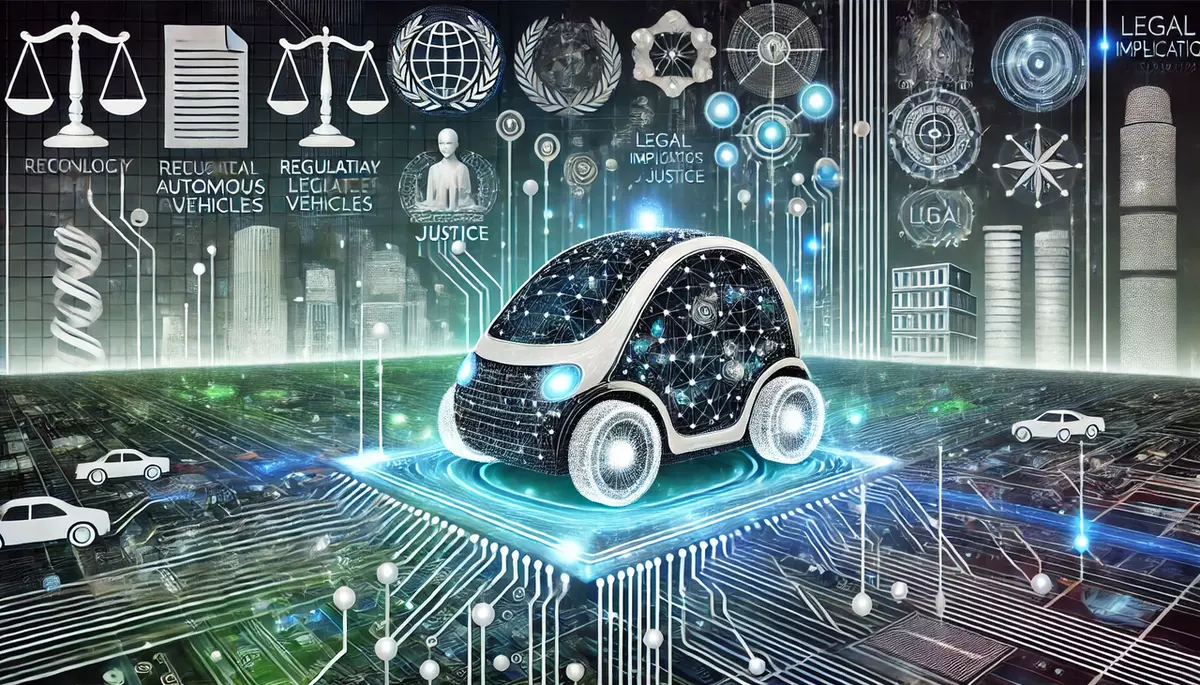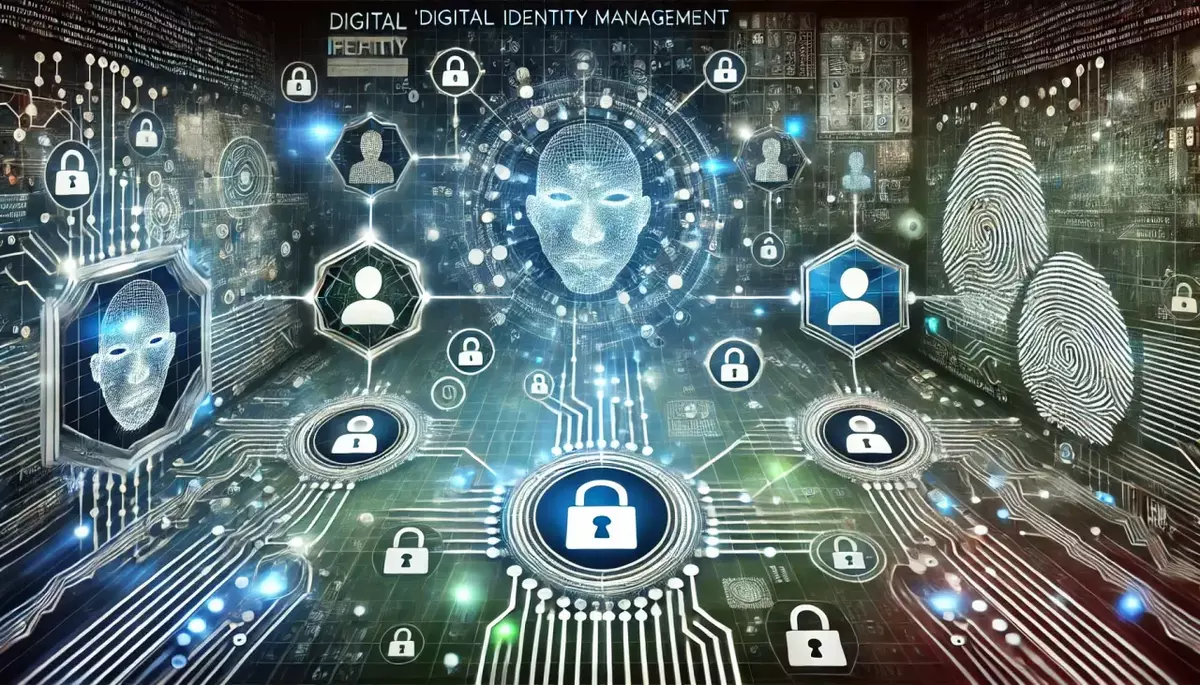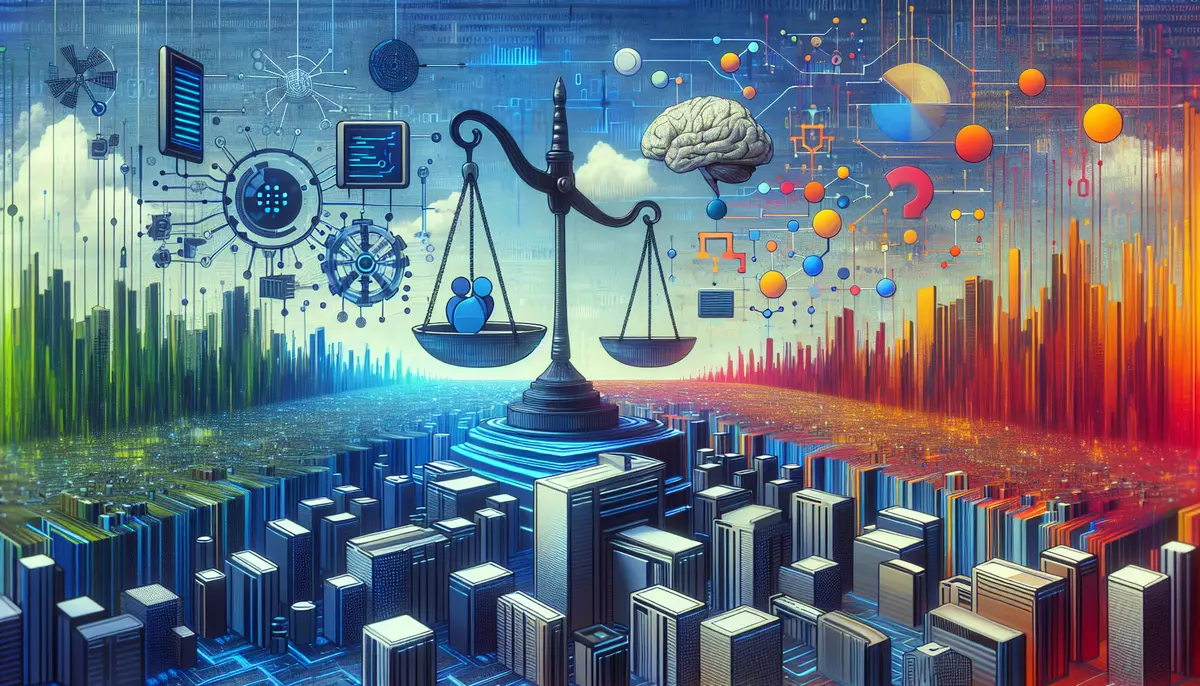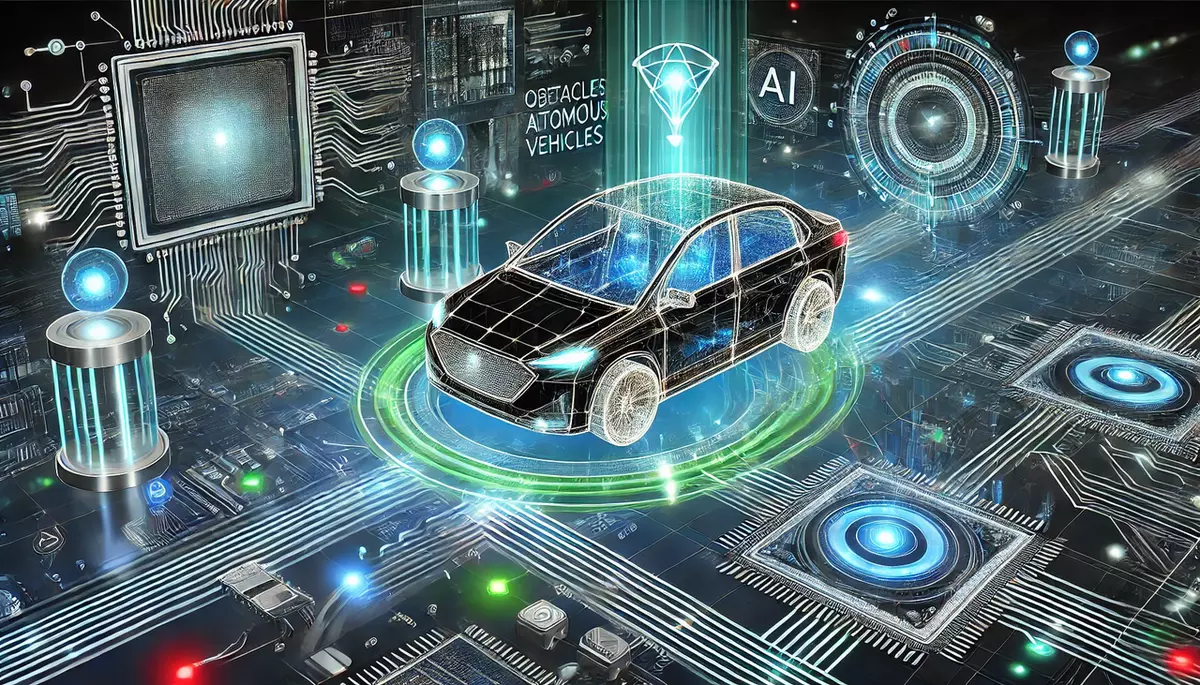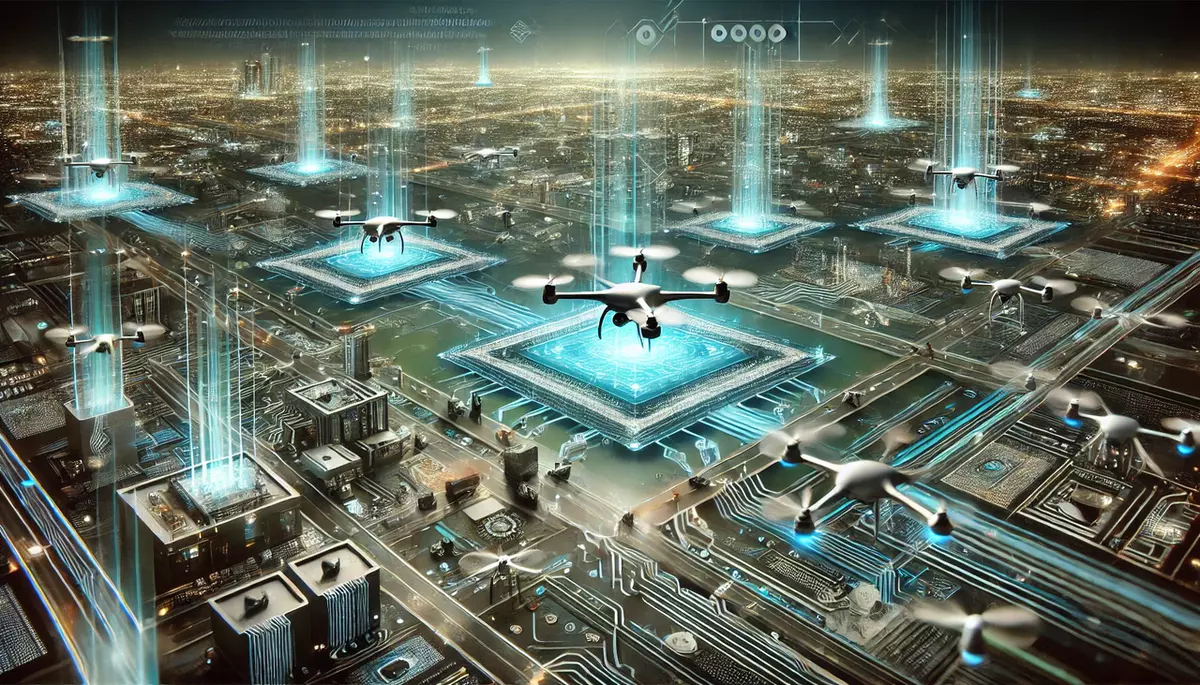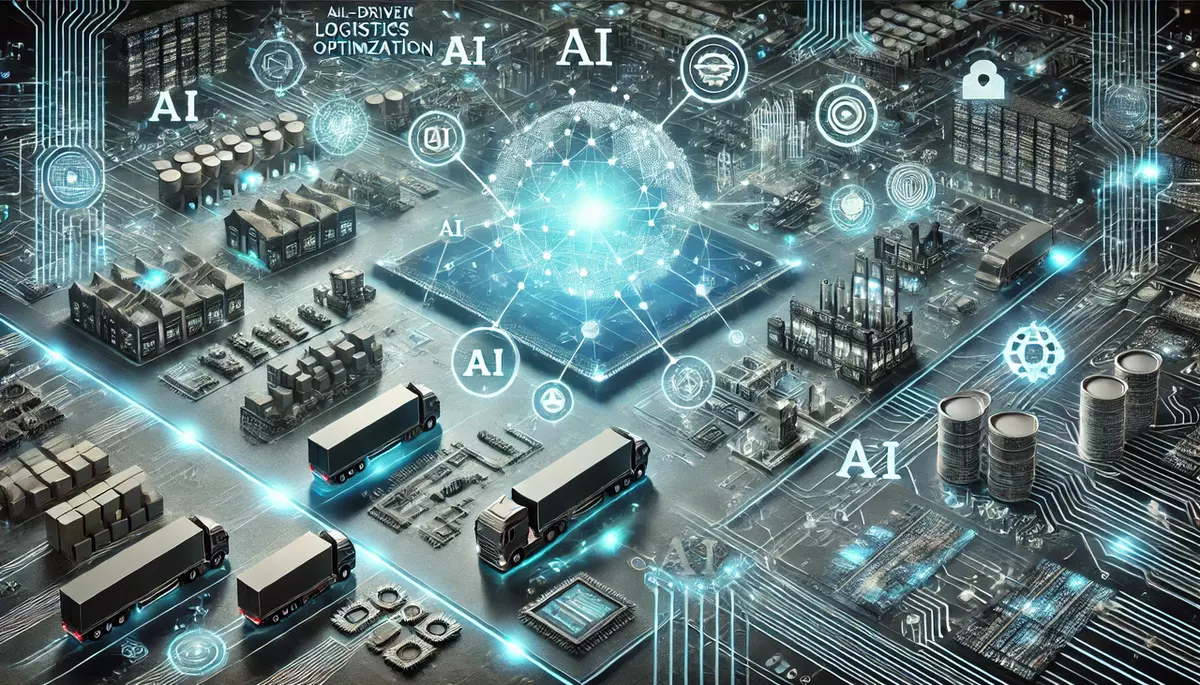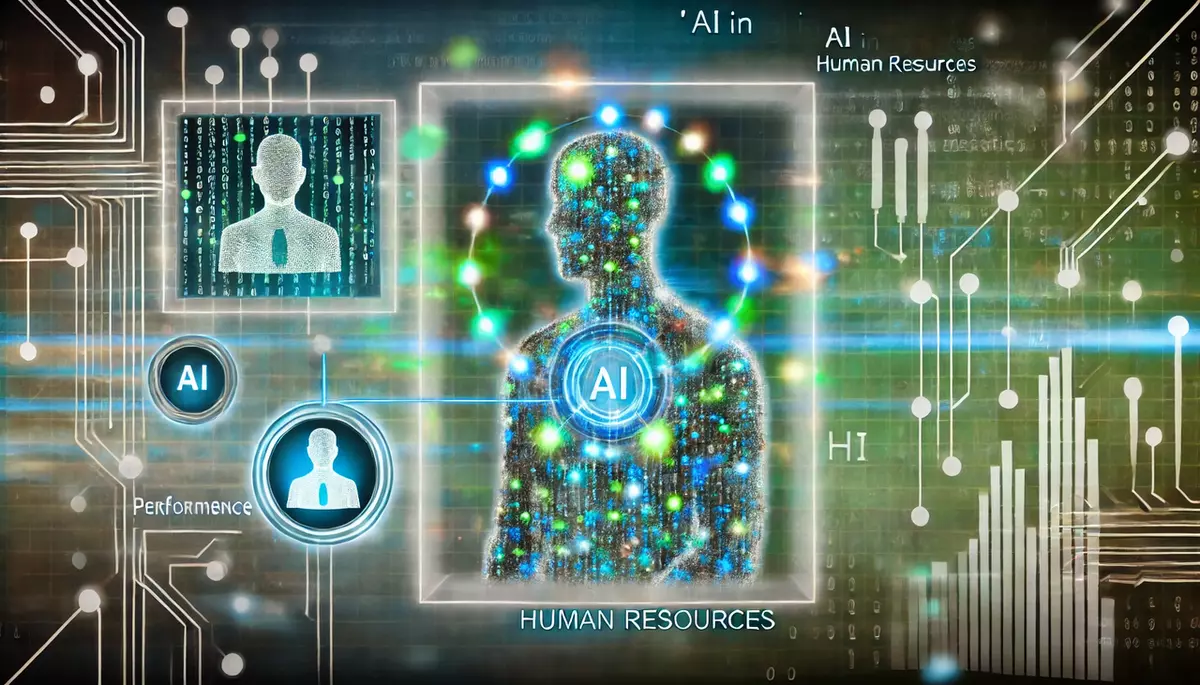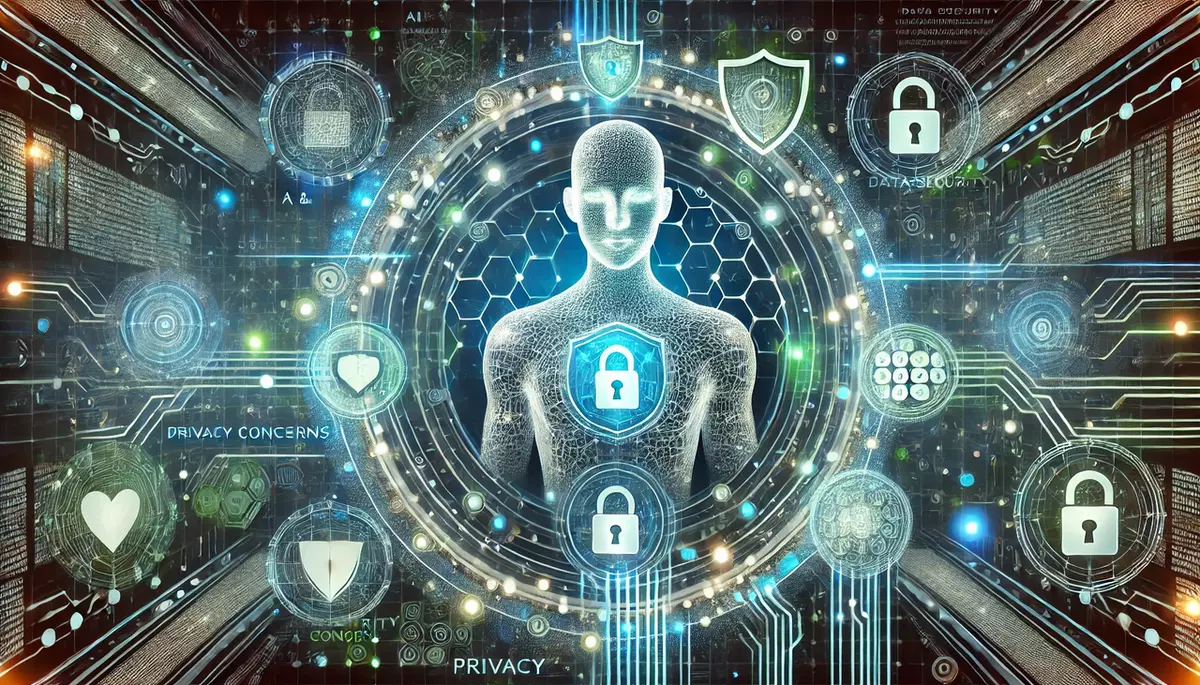Introduction
The rise of autonomous vehicles (AVs) has ushered in a new era of transportation, bringing with it a host of legal implications that must be carefully navigated. As this transformative technology continues to evolve, policymakers, legal experts, and industry stakeholders are grappling with a complex web of issues surrounding liability, regulation, and the broader societal impact of AVs.
Legal Liability for Autonomous Vehicles
One of the primary legal concerns surrounding AVs is the issue of liability. When an accident involving an AV occurs, determining who is responsible – the vehicle manufacturer, the software developer, the vehicle owner, or another party – becomes a critical question with significant legal and financial implications.
Product Liability
Product liability laws will play a crucial role in determining liability for AV-related accidents. Manufacturers and software developers may be held accountable for defects in the vehicle’s design, hardware, or autonomous driving systems that contribute to a collision or injury.
Driver Responsibility
In partially autonomous vehicles, the driver may still be expected to maintain a certain level of control and attention, even when the vehicle is operating in self-driving mode. Determining the appropriate balance of responsibility between the driver and the vehicle’s autonomous systems will be a key legal challenge.
Cybersecurity and Data Privacy
The integration of advanced technology in AVs raises concerns about cybersecurity vulnerabilities and the protection of sensitive data, such as vehicle location, driving patterns, and personal information. Policymakers and legal experts must address these issues to ensure the safety and privacy of AV users.
Regulatory Frameworks for Autonomous Vehicles
As the AV industry continues to evolve, governments at the federal, state, and local levels are working to develop regulatory frameworks to ensure the safe and responsible deployment of these vehicles.
Federal Regulations
In the United States, the National Highway Traffic Safety Administration (NHTSA) has taken the lead in establishing federal guidelines and regulations for AVs, addressing issues such as safety standards, testing requirements, and data reporting.
State and Local Regulations
Many states have also enacted their own laws and regulations governing the testing and deployment of AVs within their jurisdictions, creating a patchwork of rules that manufacturers and operators must navigate.
International Harmonization
As the AV industry is a global phenomenon, there is a growing need for international harmonization of regulations to ensure consistency and facilitate the cross-border movement of these vehicles.
Societal Implications of Autonomous Vehicles
The widespread adoption of AVs has the potential to transform various aspects of society, raising complex legal and ethical questions that must be addressed.
Employment and Labor Impacts
The automation of driving tasks may have significant implications for industries such as transportation, logistics, and delivery, potentially leading to job displacement and the need for workforce retraining and adaptation.
Urban Planning and Infrastructure
The integration of AVs into urban environments may necessitate changes in infrastructure, zoning laws, and transportation planning to accommodate the unique needs and capabilities of these vehicles.
Ethical Considerations
The development of AV technology raises complex ethical questions, such as how autonomous systems should be programmed to make decisions in the event of an unavoidable collision, and how to ensure fairness and non-discrimination in the deployment of these vehicles.
Conclusion
The legal implications of autonomous vehicles are multifaceted and evolving. As this transformative technology continues to advance, policymakers, legal experts, and industry stakeholders must work collaboratively to address the complex issues surrounding liability, regulation, and the broader societal impact of AVs. By proactively addressing these challenges, we can ensure the safe and responsible deployment of autonomous vehicles, while unlocking the full potential of this revolutionary technology.
This knowledge base article is provided by Fabled Sky Research, a company dedicated to exploring and disseminating information on cutting-edge technologies. For more information, please visit our website at https://fabledsky.com/.
References
- Anderson, James M., et al. (2016). Autonomous Vehicle Technology: A Guide for Policymakers. RAND Corporation.
- Gurney, Jeffrey K. (2013). “Sue My Car Not Me: Products Liability and Accidents Involving Autonomous Vehicles.” University of Illinois Journal of Law, Technology & Policy, vol. 2013, no. 2.
- Marchant, Gary E., and Rachel A. Lindor (2012). “The Coming Collision Between Autonomous Vehicles and the Liability System.” Santa Clara Law Review, vol. 52, no. 4.
- National Highway Traffic Safety Administration (NHTSA). (2020). “Automated Vehicles for Safety.” https://www.nhtsa.gov/technology-innovation/automated-vehicles-safety
- Schellekens, Maurice (2015). “Self-Driving Cars and the Chilling Effect of Liability Law.” Computer Law & Security Review, vol. 31, no. 4.

